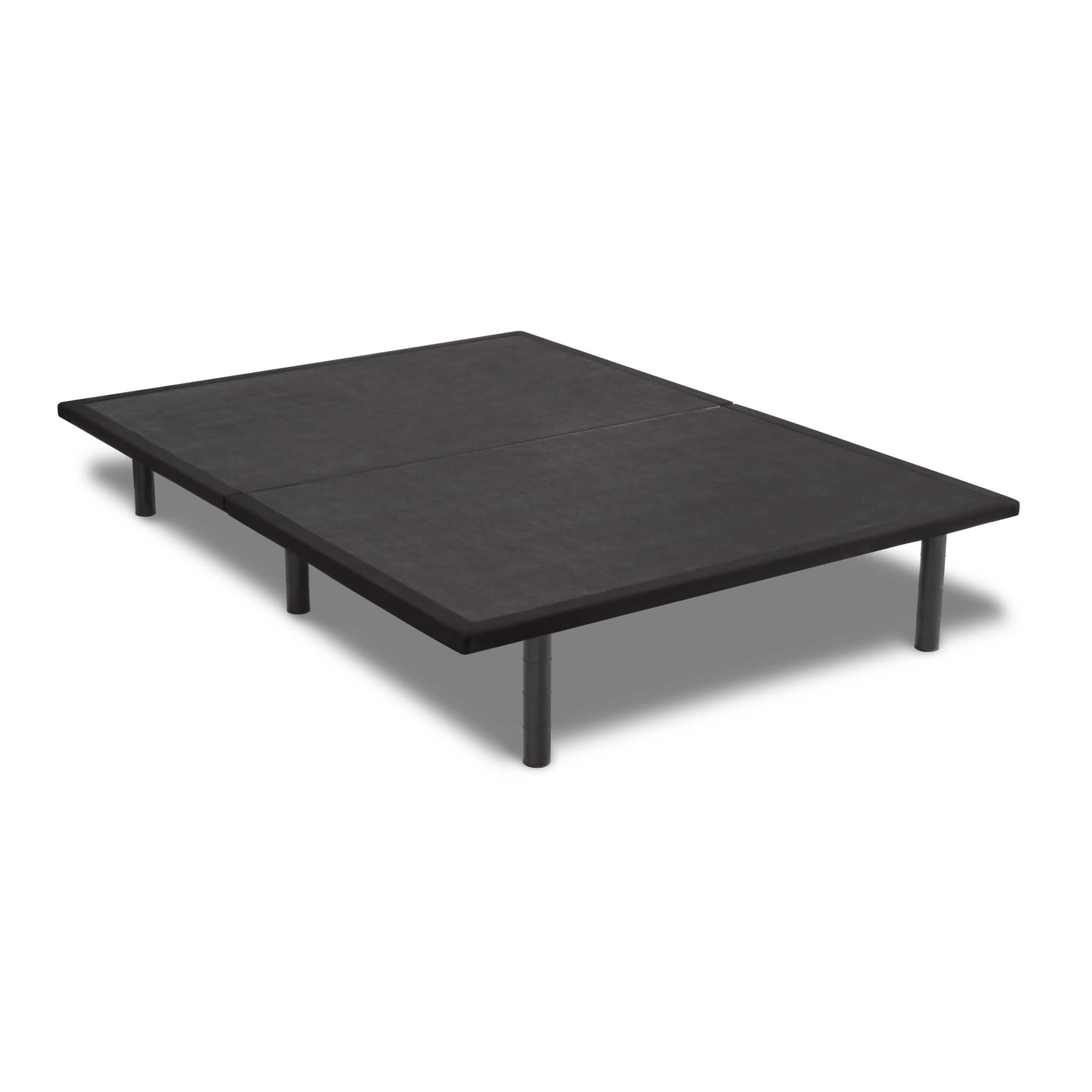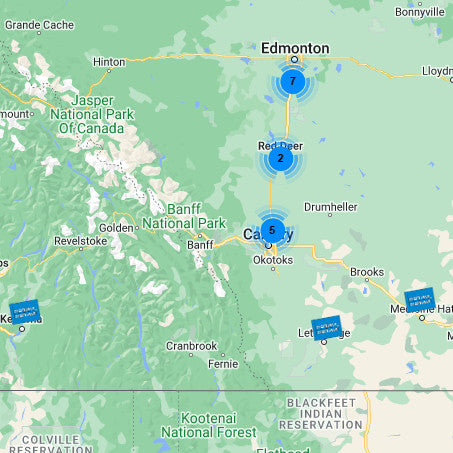Benefits of a Mattress Protector
A mattress protector is essential for a variety of reasons:
Health Benefits: For individuals with asthma or other respiratory conditions, using a mattress protector will prevent dust mite waste getting into your mattress. Regular washing along with sheets will eliminate dust mite waste on the protector.·
Increased Mattress Longevity: A breathable, waterproof protector helps prevent premature foam breakdown caused by perspiration and body fluids, extending the life of your mattress.·
Protection of Your Mattress Warranty: Mattress warranties generally exclude coverage for mattresses with stains, and since the Health Act allows manufacturers to void warranties in such cases, a mattress protector can help preserve your warranty by preventing stains.






